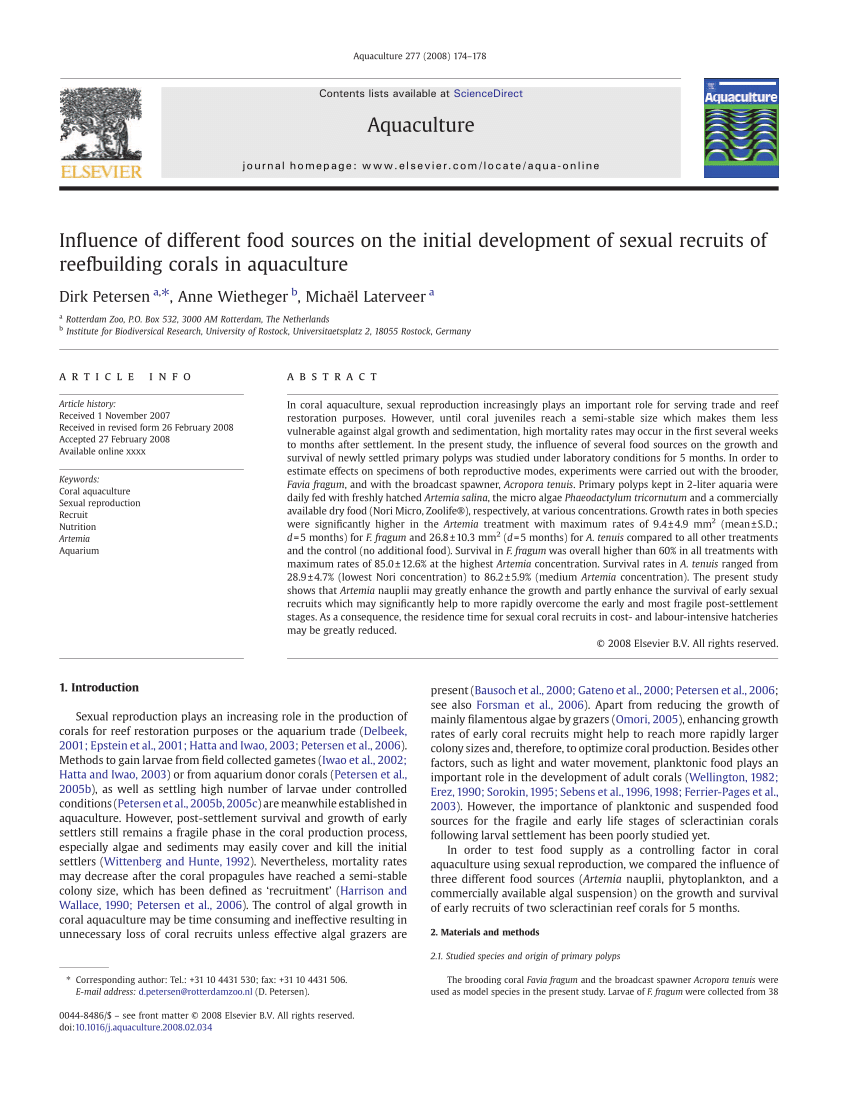There is absolutely no evidence that it is required for acropora and many other corals outside of NPS. Desired is a different question of which I have never seen a good answer. All of my experience has grown many tanks wall-to-wall with acropora (to where you have to start over) without me feeding anything - no idea if the corals catch food in some other way.
What always amazes me when this topic comes up is that people are so concerned with "feeding" their corals, yet they could get much more mileage out of their lights. So many people run cut-spectrum and low wattage lighting and either forgot, or never understood, that this is what generates the true food (through the zoox). You get arguments like "it is enough" or "just fine" with the lighting choices, but with using a "coral food" or other "supplement" people are looking for the ultimate. Why the difference?
Post up those studies... all would probably like to see.
What lighting were you using in those tanks, mate? I have a good feeling metal halide?




















